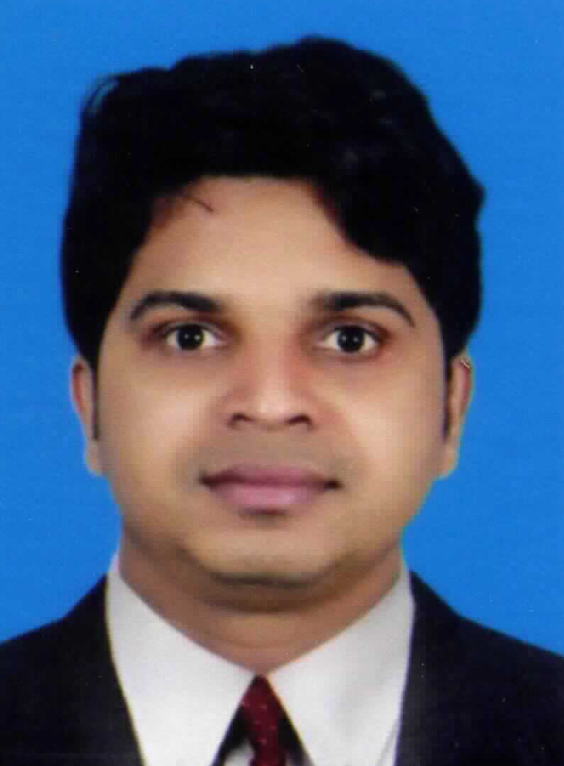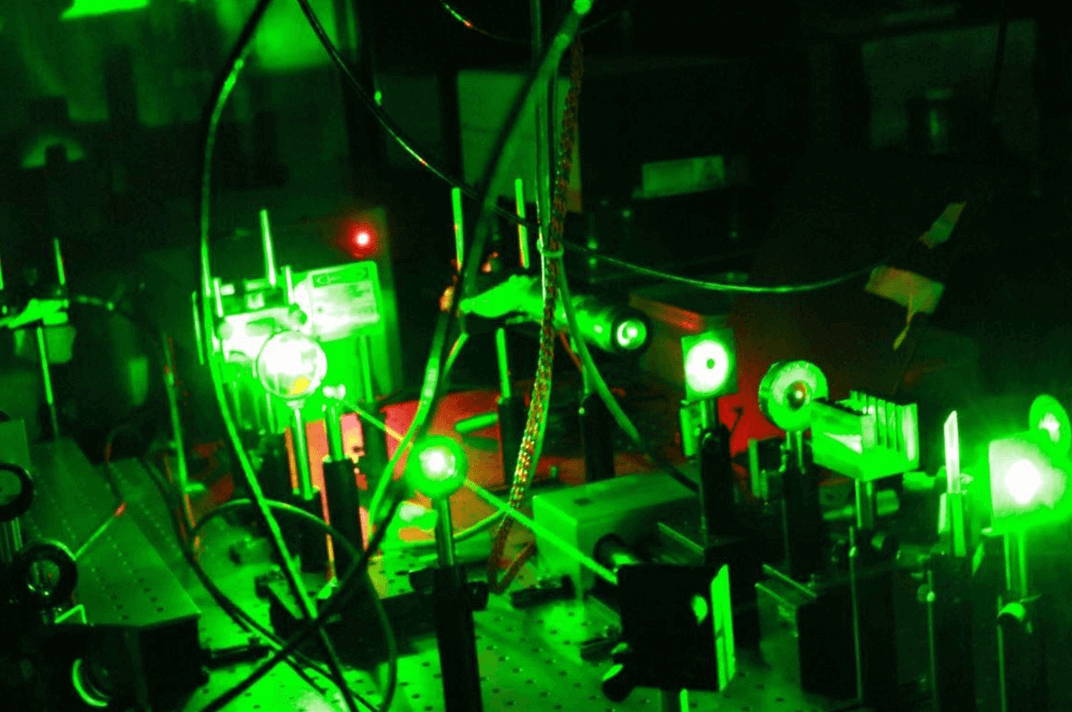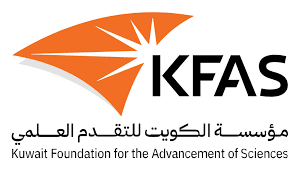

Dr. Sharafudeen Naduvil Valappil

Funded By: - Kuwait Foundation for Advancement of Science (KFAS)

Funding Amount: - KD 8950
Year: - 2018
Summary: - Surface properties of materials are significant in determining the applications of a material and the modifications of surface properties have been drawing wide attention. Laser matter interaction and the associated material removal resulting from ablation process has been active field of research ever since the invention of laser. As a result of laser ablation a comparatively rough surface depending on the rate of ablation is generated if the fluence is adequate. Apart from the random features formed specific ordered surface features can also be generated on the irradiated sample through controlled ablation by restricting the laser fluence near ablation threshold of the material. The generated surface features are generally referred as laser induced periodic surface structures or LIPSS. As a matter of fact, these surface features show a close correlation with various irradiation parameters as well as intrinsic physical properties of the target. It is worth to mention that it is possible to control the geometry of the structures by precisely controlling laser parameters such as polarization, number of pulses, pulse energy, angle of incidence and so on, that makes the process very flexible. The ambient of the process provide a further way to influence the spatial distribution of these structures. Since surface morphology plays a key role in numerous physical properties of a solid surface (e.g. optical, mechanical, wetting, chemical and biological), direct laser surface and 3D structuring is a striking tool since it can possibly offer feasible and effective ways to tailor or control material functionalities. In this project, femtosecond laser used surface and 3D structuring is employed to simultaneously modify the topography and nanostructure in different class of materials (semiconductors to polymers) to find suitability for applications in wide range of fields (solar cell to medicine).